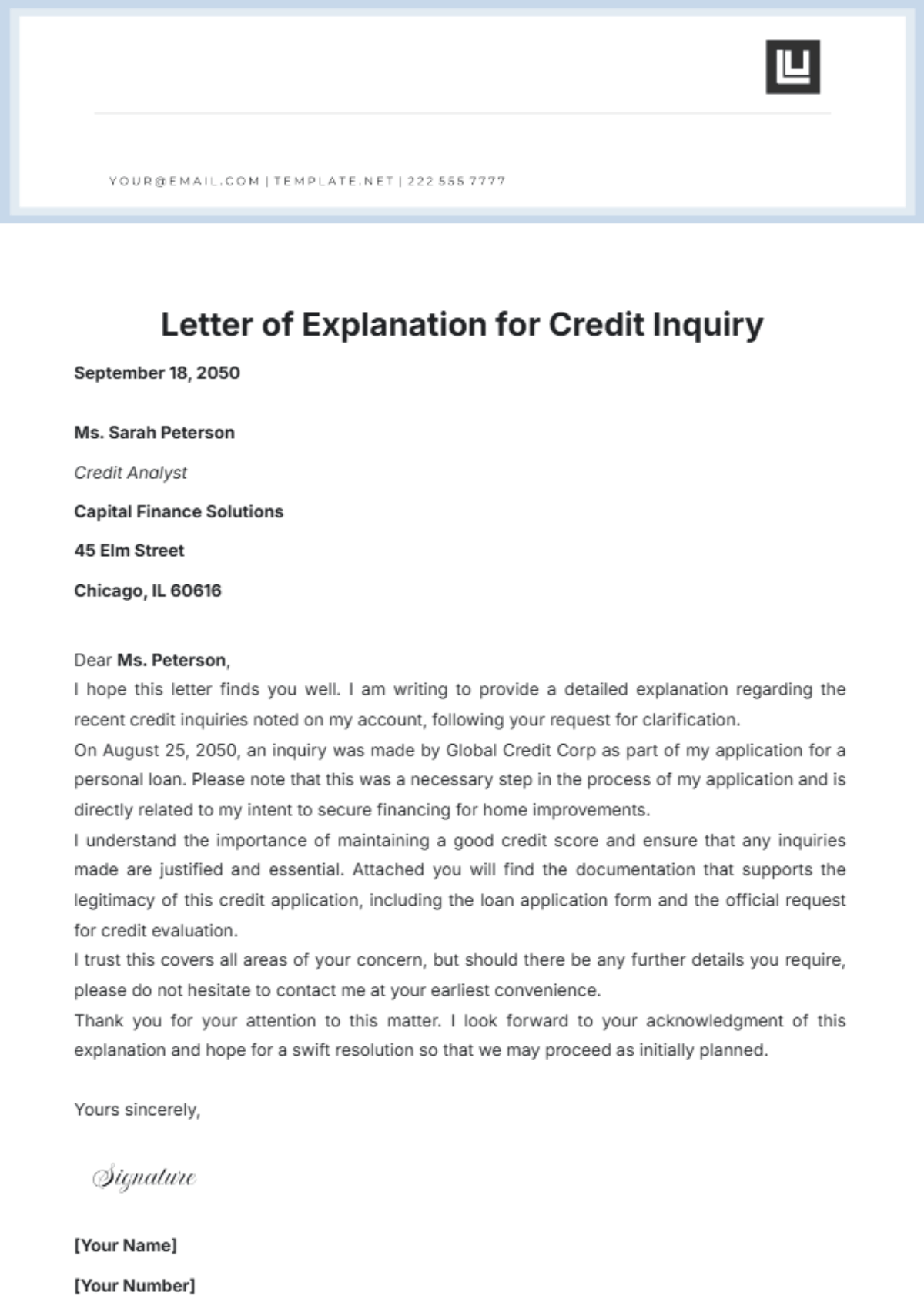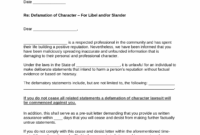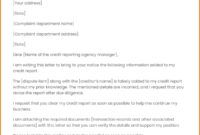Navigating the world of credit can sometimes feel like deciphering a complex puzzle, especially when it comes to those little entries known as credit inquiries. You might be applying for a new loan, a credit card, or even a rental apartment, and suddenly you see a new inquiry on your credit report. While many inquiries are perfectly normal, there are times when an unexpected or numerous inquiries can raise red flags for potential lenders, making it crucial to have a clear way to explain them.
Understanding these inquiries and knowing how to address any concerns they might cause is a vital part of maintaining a healthy credit profile. Sometimes, a simple explanation can make all the difference in a lender’s decision. This is where a well-crafted credit inquiry explanation letter template comes into play, offering a structured and professional way to clarify any entries that might be causing confusion or concern.
Understanding Credit Inquiries and Their Impact
Credit inquiries are essentially records of someone looking at your credit report. There are two main types: soft inquiries and hard inquiries. Soft inquiries happen when you check your own credit, or when a lender pre-screens you for an offer. These don’t impact your credit score and are usually not visible to other lenders. Hard inquiries, on the other hand, occur when you apply for new credit, and they can temporarily ding your credit score.
When you apply for a new loan, a mortgage, an auto loan, or even some rental applications, the lender will typically perform a hard inquiry. This allows them to assess your creditworthiness by reviewing your credit history. Each hard inquiry signals to other lenders that you are seeking new credit, and too many in a short period can sometimes suggest you are a higher risk or are trying to open multiple lines of credit simultaneously.
While a single hard inquiry might have a minor, temporary effect, multiple hard inquiries within a short timeframe can be viewed more critically. Lenders want to see stability and responsible credit behavior. If they see several inquiries for different types of loans or credit cards, it might lead them to question your financial stability or your ability to manage additional debt. This is precisely why having a clear explanation ready can be invaluable.

There are many valid reasons for multiple inquiries or for an inquiry that might look unusual. Perhaps you were shopping around for the best interest rate on a car loan, leading to several inquiries from different dealerships. Or maybe you applied for a credit card that was ultimately denied, but the inquiry still shows up. In these situations, providing context can alleviate any potential concerns a future lender might have.
When You Might Need an Explanation Letter
- You have multiple hard inquiries on your report within a short period due to rate shopping for a specific loan type, like a mortgage or auto loan.
- An inquiry appears on your report that you do not recognize, which could indicate identity theft or an administrative error.
- You applied for credit that was ultimately denied, and you want to explain the circumstances surrounding the application.
- There’s an inquiry related to a joint application where the primary applicant’s credit was the focus, but your report was also checked.
- You can explain an inquiry as part of a larger financial strategy, such as consolidating debt or taking advantage of a specific financial product.
Crafting Your Explanation Letter: Key Elements and Best Practices
When you decide to write an explanation for a credit inquiry, the goal is clarity, honesty, and conciseness. Think of it as telling a brief, truthful story about why that specific inquiry appeared on your report. The letter should be easy to understand and provide all necessary information without overwhelming the reader with unnecessary details. This is where utilizing a well-structured credit inquiry explanation letter template can significantly streamline the process.
Your letter should begin with your personal information, including your name, address, and any relevant account numbers if you are writing to a specific lender you have an application with. Next, clearly identify the specific credit inquiry you are explaining. This means including the date of the inquiry, the name of the inquiring creditor, and the type of credit you applied for. Being precise here helps the reader quickly locate the entry on your credit report.
The core of your letter will be the explanation itself. Keep it straightforward. If you were shopping for a car loan and visited multiple dealerships, simply state that you were seeking the best interest rate and terms for an auto loan. If an application was denied, explain the reason if you know it, and perhaps how you have addressed or plan to address the underlying issue. For unrecognized inquiries, state that you believe it to be an error and request further investigation or removal.
Remember that the tone of your letter should always be professional and respectful. Avoid emotional language or accusations. The aim is to provide information, not to debate. If you have any supporting documents, such as a denial letter, an identity theft report, or a contract from the loan you ultimately chose, you can mention that these documents are available upon request or include copies with your letter. Always keep a copy of your letter and any enclosures for your own records.
This approach ensures that your message is taken seriously and provides the necessary context for anyone reviewing your credit file. Whether you are sending this to a potential lender, a credit bureau, or an existing financial institution, a well-composed explanation demonstrates your awareness and responsibility regarding your financial standing.
Taking a proactive approach to managing your credit profile, including addressing any potentially concerning inquiries, can significantly benefit your financial future. Providing clear, concise explanations for credit inquiries not only helps clarify your financial history but also demonstrates your commitment to responsible credit management.
Having a reliable credit inquiry explanation letter template at hand can make a significant difference, allowing you to quickly and effectively communicate any necessary context to lenders or credit bureaus. This preparedness ensures that your credit narrative is always clear and understood, ultimately supporting your ongoing financial goals.



